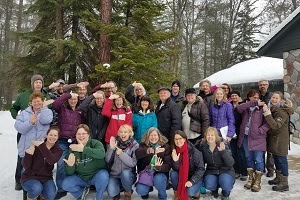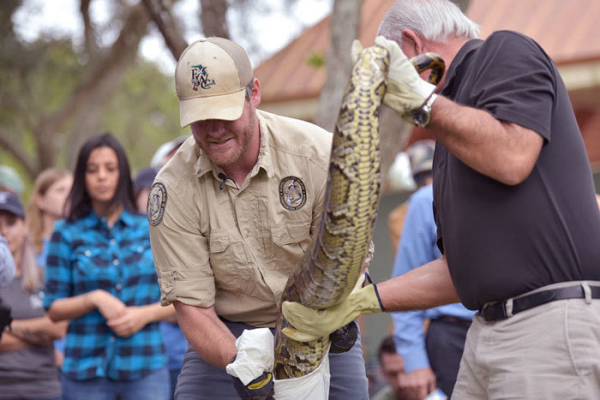Michigan DNR seeks applicants for UP Deer Habitat Improvement Partnership grants
The Michigan Department of Natural Resources has announced the availability of $100,000 in grants for deer habitat improvement projects on non-state lands across the Upper Peninsula.
The Deer Habitat Improvement Partnership Initiative is a cooperative grant program being offered by the DNR’s Wildlife Division. Now in its 12th year, more than $850,000 in hunter license dollars has been invested into deer habitat improvement projects through the program.
“Almost 100 projects, in nearly all U.P. counties, have improved thousands of acres of deer habitat,” said Bill Scullon, DNR Wildlife Division field operations manager and administrator for the grant initiative. “In addition, project partners have contributed nearly half a million dollars in matching funds which has helped to grow the program benefits for wildlife.” Read more









